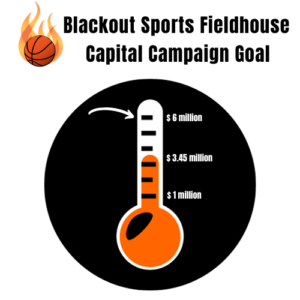Nutrition among children determines many elements of their lifestyle and success. Athletes, in particular, need a balanced diet to ensure sufficient energy levels. The article provided below is brought to you by expert’s at Children’s Hospital Colorado with intentions of guiding you through the basics of a young athletes diet.
Carbohydrates are one of the six essential nutrients athletes need on a daily basis and are the best source of energy for active people of any age. Carbohydrates are essential for active kids to grow and maintain adequate nutrition and plenty of energy for sport. Some fad diets blame carbohydrate for obesity and other health problems, but that’s not an entirely accurate way to think about it. In this article, we break down carbohydrate — what it is and how much of it your athlete needs.
The two main types of carbohydrate
Carbohydrates are found in many foods, and they should be a staple in your young athlete’s diet. In general, carbohydrate should be about 50% of the nutrition your child eats daily. There are two types:
- Simple carbohydrate (also known as sugars): This carbohydrate is naturally found in fruit, vegetables, dairy, sugar-sweetened beverages and desserts. These act as fast energy sources. They are great for athletes immediately before or after competition or practices to help recover energy levels.
- Complex carbohydrate (also known as starch): This carbohydrate is naturally found in grains, breads, cereals, potatoes and legumes. These are slow and steady energy sources. Typically, these products are higher in fiber, take longer to digest, and provide long-lasting energy for athletes. These are great choices for meals.
Understanding your athlete’s carbohydrate needs
Athletes that train longer and at higher intensities have higher carbohydrate needs than athletes who train for shorter periods of time. For example, basketball practice for two hours daily requires more carbohydrate than a 10-minute daily run. Younger athletes, like teens, also have greater energy and carbohydrate needs at the same activity levels than athletes at older ages, like those in their 40s and 50s. Learn how to pack lunches that power high performance, and download or print out our Athlete Eats info to see how a teen athlete’s portions might change based on their training load.





